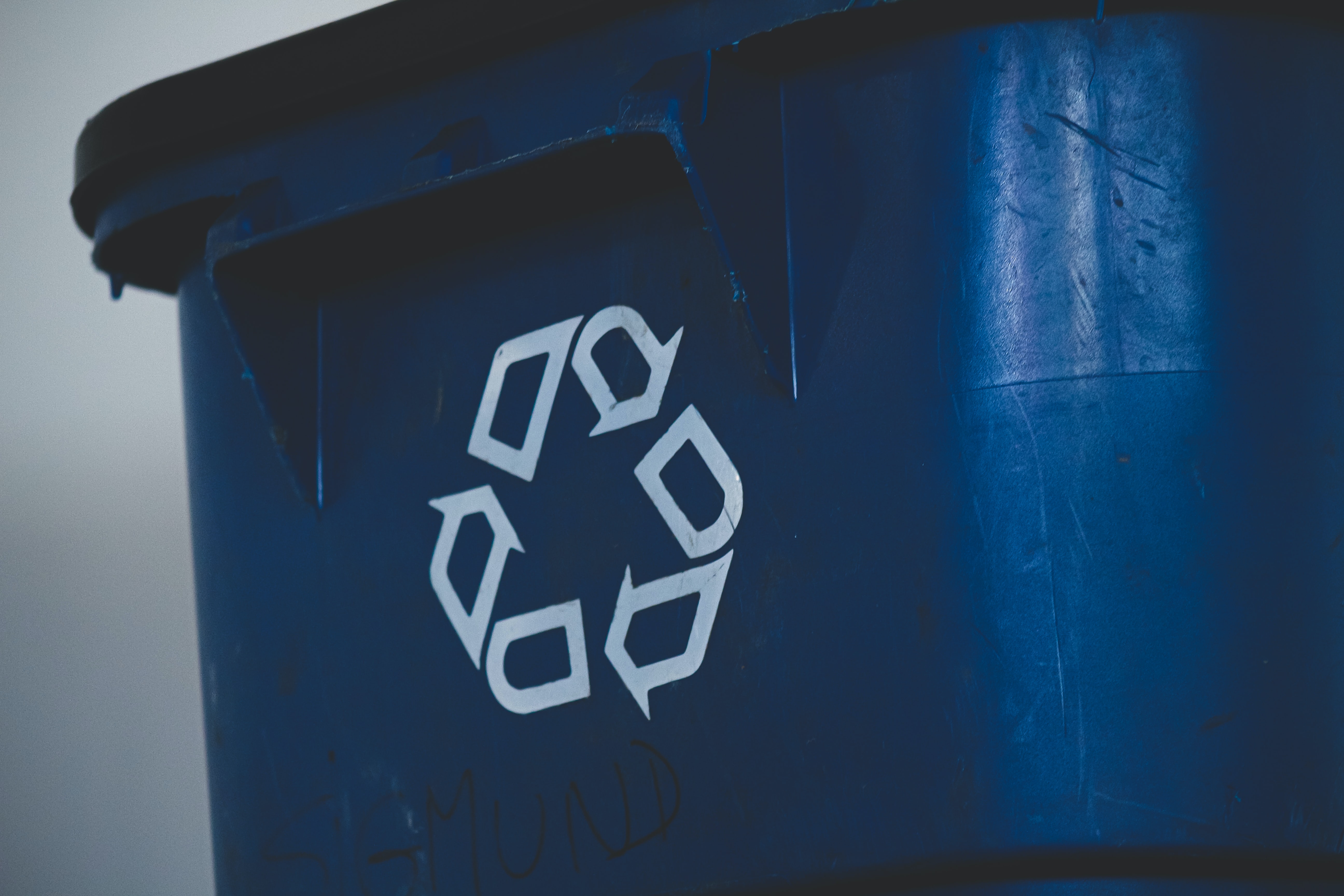Reduce Footprint of Manufacturing
Sustainability: 3 ways to reduce the environmental footprint of manufacturing
Written by: Baril Coatings USA
Sustainability is the idea that humans must live in harmony with nature, and not to act as a parasite on it. It is about "living well" without living at the expense of future generations. Sustainability means working within environmental limits to meet human needs now and into the future.
The United Nations defines sustainability as “meeting the needs of the present without compromising the ability of future generations to meet their own needs.” We must satisfy these demands of life while ensuring that they are fulfilled in the future in order for us to be sustainable. This includes understanding our natural resources, and using them wisely, while taking care not to exploit them or make any permanent changes that would inhibit their regeneration or availability for others in the future.

Environmental sustainability is important to us because it ensures that there will still be resources available for future generations. We care about the environment because we want our children, their grandchildren and onwards to have clean air to breathe, clean water to drink, beautiful scenery and biodiversity for them to take pleasure in. Our society needs natural resources like wood for making paper and housing or iron ore for producing the steel that makes the equipment that we use daily. By managing how we use these resources, we can help protect the ones that are left instead of depleting them. This means ensuring businesses are accountable not just to their bottom line but also our planet’s long-term viability and health.
Manufacturing is one of the most resource-intensive industries in the world, accounting for 20% of global energy use and a third of all raw materials. But it doesn’t have to be this way. Here are three ways we can reduce our environmental footprint: 1) Decrease waste by recycling or reusing materials 2) Find ways to reduce the use of toxic chemicals and substances 3) Reduce the amount of energy used in manufacturing. We’ll take each idea in turn.

1) The first thing you can do is try to reuse or recycle as much material as possible when creating goods.
Resources are a theme that is prominent in many of the sustainable manufacturing goals. In order to meet human needs while meeting the environmental protection needs, it is important to make sure that resources are used sustainably. Make sure when using natural resources to use them in a way that does not degrade the environment.
Finding ways to reduce and eliminate toxic substances and chemicals not only prevents harm, but also helps with saving money by reducing waste and lowering energy costs associated with production.
2) Find ways to reduce and eliminate the use of toxic chemicals and substances that are harmful to humans and animals.
One of the most important ways in which we can help reduce the environmental footprint of manufacturing is by reducing the amount of toxic chemicals and substances that are harmful to humans and animals. This includes chemicals that are Hazardous Air Pollutants, and materials that are not produced with Bio renewable resources.
Baril Coatings has made a commitment to eliminate HAPS, reduce VOC, and strive to incorporate raw material into our coatings that are plant based and contain renewable resources. A transition to reusable raw materials is essential to the coating industry, now and into the future.
3) Reduce the amount of energy used in manufacturing.
One of the most important things that anyone can do to reduce their environmental footprint is to conserve energy. By making use of energy-efficient design and technologies, we can save a lot more than just the environment. This means reducing your need for consumption in finite materials while also preventing waste production!
Baril Coatings can help you reduce the amount of energy you use with our patented DualCure™ technology. DualCure™ is the best of both worlds, combining chemical and moisture curing to generate a unique polymer crosslink. This crosslink provides excellent control over cure schedules, eliminating the need for force curing, otherwise known as baking. We have, in some cases, helped companies realize up to 20-25% energy savings. In addition to energy savings, we have proven that we can do more with less. By incorporating coatings that are higher in solids and low in VOC, better corrosion control and exterior durability can be achieved with less material applied. This in turn reduces the CO2 emissions associated with the coating application.
Sustainability is about reducing the environmental footprint of manufacturing. This can be done by decreasing waste, using less toxic substances and finding ways to reduce energy usage. If you are interested in learning more about how these three things work together in the coatings industry, contact us for a free consultation on sustainable coating solutions.